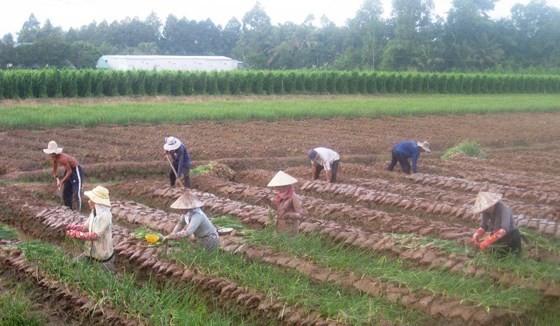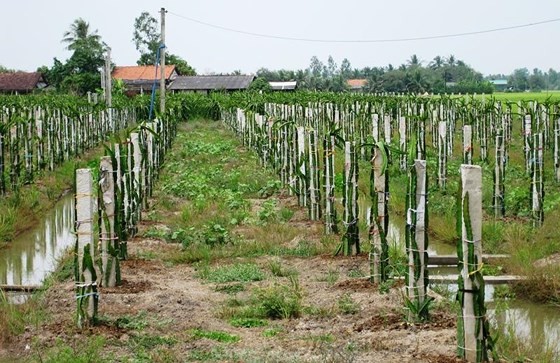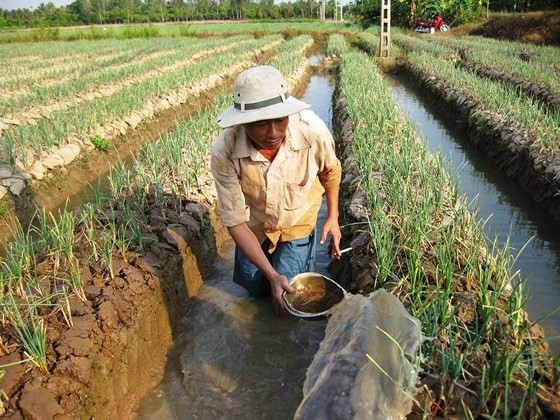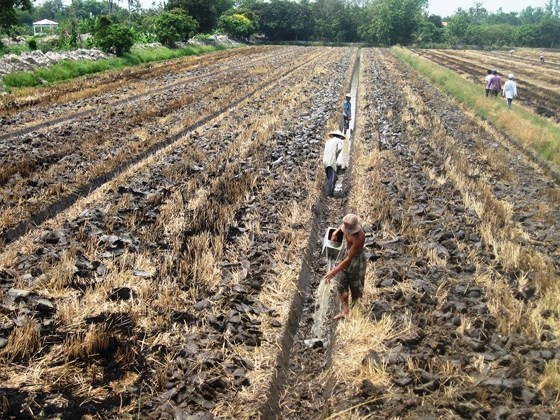
Particularly, Southern provinces had switched to cultivate fast-growing crops, such as corns, peanuts, soy beans and vegetables, and fruit trees, including oranges, pomelos, mangoes, dragon fruits, longan fruits and durians, on an area of about 32,840 hectares in the winter-spring crop.
Statistics showed that most fast-growing crops and fruit trees gave higher economic results than rice. However, the winter-spring crop is not the main crop to change plant growing structure on rice cultivation area, especially at regions along the Tien and Hau rivers. Therefore, provinces will promote conversion of inefficient rice growing area in the summer-autumn and autumn-winter crops to help famers to increase their incomes.
According to the ministry, switching crops helps to diversify farm produce as well as to improve the growing soil, prevent pests and diseases and save water especially amid severe drought and salinity intrusion. However, there is no centralized planning for the converted growing area for farmers to build suitable irrigation system. As growing scale is still small and sparse, it is difficult to mechanize production, causing high cost of labor and input materials, raising cost prices. In addition, without cooperation of firms, consumption for farm produce grown on converted area has not been ensured.
Moreover, policy to encourage farmers to switch to other crops has not been strong enough. Farmers are still familiar with rice cultivation practices and there is a shortage in agricultural laborers. These shortcomings should be tackled soon in order for conversion of crops become highly effective.



























